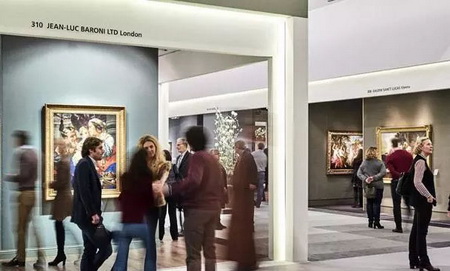

From 1900s To 2019
From Swiss impressionism to contemporary art
“Metafiction and Metafunction in contemporary art”
An International Group Exhibition in Chongqing Art Centre (China)
in Cooperation with
Pashmin Art Consortia (Germany)
10 January – 21 February 2020
(Curatorial Statement)
Each “artist”, artist in a general sense, tells a story. A poet uses words, a musician uses notes and a visual artist uses different media including colors, stones, glass, sand, etc. In essence, and in a sense, all try to tell a story. They are actually the same but use different media for their expression. Sometimes these stories are obvious and allude to specific events. Sometimes the story is made in the mind of the artist as an abstract form and it depends on the artist how to realize it. What is conspicuous is how the artist owns the wholeness of the work, how she makes herself the hero of the work.
The presence of the artist in her work and how she tells her story is not and should not be restricted to fiction. It is the artist who pours her soul into her art and goes beyond the usual. The metafictional presence of the artist appears in how she designs her art, how she relates reality to imagination and how she manipulates reality. In larger scope, each artwork should not be seen separately. Many different factors work together to present a piece of art properly. The character of the artist, the character of the work, the process of its creation, the materials used and the way they are used, the conventions, the space where it is exhibited, the artworks around it, and the position of art and artist in a given society, all make the metafictional character of art.
But on another level art uses metafunctions to relate itself to the viewer. Each viewer is different from another one. Each one makes special meanings out of seeing a particular artwork. The gender of the viewer, the job, the life style, education, and generally, the whole “Being” of a viewer connects her to an artwork. To put it simply, the artist puts some participants (human or nonhuman) in her art. She represents some elements. The viewer then, in an interaction with the art, is connected to these participants in one way or another, and the composition of the work itself has its own influence on the viewer. These three representational, interactive and compositional metafunctions work simultaneously to create meaning in the mind of the viewer.
The works of Julius Voegtli (1879 - 1944), a forerunner of Swiss impressionism, are presented in a solo-section within the large group show and take us to an era before WW1 nearly to the end of WW2. He begins with realism and ends in impressionism. Still lifes, portraits, landscape, soldiers, animals are all within his stories.
A collection of drawings by the father of surrealism, Salvador Dalí is also exhibited in this event. This collection works as the linkage between the early 20th century art and the early 21st century art in the exhibition.
The works of other contemporary artists accompany Voegtli and Dalí in this exhibition. This international Group Exhibition at Chongqing Art Centre, co-organized by Chongqing Art Centre and Pashmin Art Consortia, shows a wide range of artworks from different countries and different media. It is up to the viewers what they see in the artworks presented in this unique exhibition.